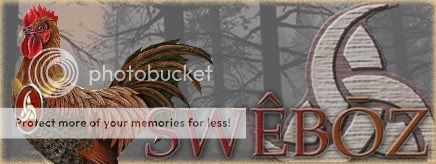Thracian Rhomphaiaphoroi are a specialist anti-armour unit. Their huge blades are meant to smash armour, but cumbersome to wield so they are easily dodged (relatively speaking), especially when you are not weighed down by armour. Hence they don't perform well against unarmoured units, let along elite ones like the gaesatae.Originally Posted by Digby Tatham Warter





 Reply With Quote
Reply With Quote













Bookmarks